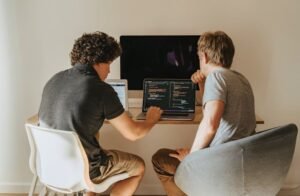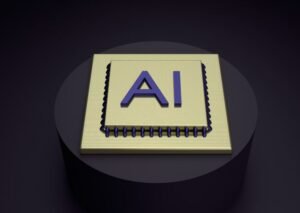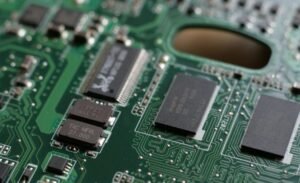Do AI Apps Steal Art?
Introduction
Artificial Intelligence (AI) applications have revolutionized various industries, including the art world. These apps use advanced algorithms to generate original artwork, mimic famous artists’ styles, and even recreate existing masterpieces. However, concerns have been raised about the ethics and legality of AI apps stealing art. In this article, we will explore this contentious topic, examining the key arguments and providing insights on the impact of AI apps on the art industry.
Key Takeaways
- AI apps raise ethical concerns in the art world.
- AI-generated artwork challenges the notion of originality.
- Questions remain about copyright infringement.
- AI apps can be valuable tools for artists.
Understanding AI-Generated Art
AI apps employ deep learning algorithms to analyze vast collections of artwork and learn from them, enabling the software to generate new images. These generated images can imitate specific artistic styles, recreate famous paintings, or produce entirely original compositions. *AI-generated art pushes the boundaries of what is considered human creativity, blurring the line between man and machine.*
The Ethical Debate
The use of AI apps to create artwork has sparked ethical concerns within the art community. Some argue that AI-generated art lacks the human touch and emotional depth of traditional art, rendering it less valuable. However, others see AI as a tool that expands the possibilities for creativity and challenges traditional artistic practices. *The ethical implications of AI-generated art are a subject of ongoing discussion among artists, critics, and scholars.*
Legal Considerations
The legal framework surrounding AI-generated art is complex. When AI apps recreate existing artwork, questions arise about copyright infringement and ownership. While AI itself cannot hold copyright, the person who trained the AI or owns the app may claim authorship. *The legal landscape surrounding AI apps and art is still evolving, with cases and legislation shaping the future of AI-generated creations.*
To illustrate the legal complexities, let’s consider three scenarios:
| Scenario | AI Owner Claims Authorship | Original Artist Claims Rights |
|---|---|---|
| AI recreates an existing masterpiece | May claim authorship | May claim infringement |
| AI creates original art in a famous artist’s style | May claim authorship | Potentially infringing the artist’s rights |
| AI generates original artwork | May claim authorship | No infringement if AI is not trained on specific artworks |
AI Apps as Creative Tools
Despite the controversies surrounding AI-generated art, AI apps can also serve as powerful creative tools for artists. These apps can inspire new ideas, aid in composition, or help artists experiment with different styles. *By leveraging AI apps, artists can explore innovative techniques and push the boundaries of their own creativity.*
The Future of AI in Art
As AI technology continues to advance, its impact on the art world will likely deepen. AI apps could enhance the accessibility of art by enabling personalized recommendations, facilitating art education, and democratizing creativity. However, concerns also persist regarding the loss of artistic originality and the potential devaluation of human-made art. *The future of AI in art will involve striking a balance between its capabilities and preserving the unique qualities of human artistic expression.*
| Pros of AI Apps | Cons of AI Apps |
|---|---|
| Unlimited creative possibilities | Risk of devaluing human-made art |
| Enhanced accessibility to art | Potential loss of artistic originality |
| Valuable tools for artists | Raises ethical concerns |
Key Takeaways
- AI apps raise ethical concerns in the art world.
- AI-generated artwork challenges the notion of originality.
- Questions remain about copyright infringement.
- AI apps can be valuable tools for artists.
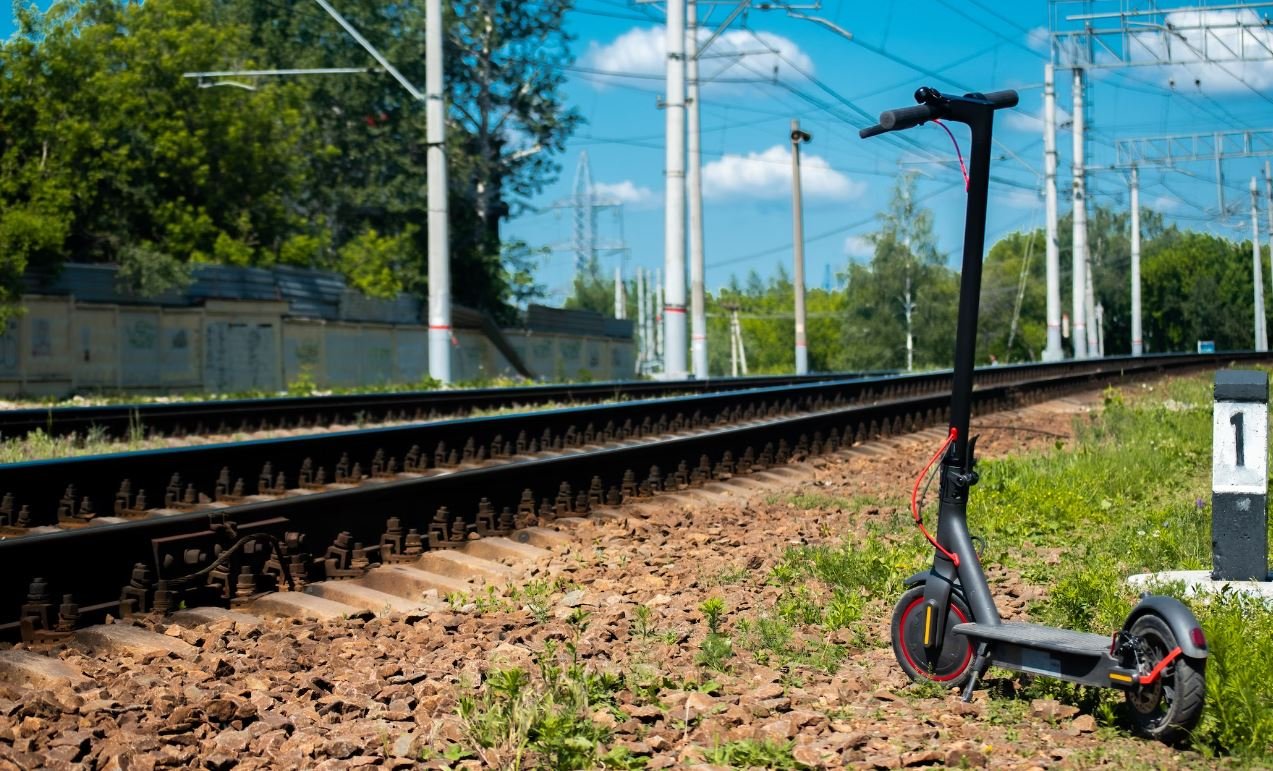
Do AI Apps Steal Art?
Common Misconceptions
One common misconception is that AI apps automatically steal art without consent. While it is true that AI apps can generate unique and creative content, they do not possess the ability to steal art by themselves. The responsibility lies with the users and developers who use AI algorithms to create content.
- AI apps require human input and intervention
- Properly licensed data and resources are essential for AI-generated content
- AI apps can’t independently browse or access existing artwork
Another misconception is that AI apps are solely responsible for the rise of art plagiarism. While AI technology can potentially make the process easier, the issue of art plagiarism predates AI apps. Plagiarism is a human act, and AI apps, like any other tools or mediums, can be misused if not properly regulated.
- Raising awareness about plagiarism is important for artists and developers alike
- Establishing clear guidelines and ethical practices in AI app development can help prevent plagiarism
- AI technology can also be used to detect plagiarism, aiding artists in protecting their work
Some believe that AI-generated art lacks originality and creativity. While it is true that AI apps use existing data to generate content, they can also produce highly creative and unique pieces. AI algorithms have the capability to explore new patterns and combinations that humans might not have thought of.
- AI art can serve as a source of inspiration for human artists
- AI algorithms can create innovative and unexpected results
- Combining human creativity and AI technology can lead to exciting collaborations and new forms of art
Another misconception is that all AI-generated art is of low quality. While AI apps do produce a large volume of content, not all of it is low quality. The quality of AI-generated art can vary greatly depending on factors such as the training data, the algorithm used, and the user’s input. AI-generated art has the potential to reach high levels of complexity and sophistication.
- Properly trained AI models can consistently produce high-quality artwork
- AI apps can learn from user feedback to continuously enhance their output
- AI-generated art can be refined and improved through iterative processes
Finally, some people believe that AI apps replace the need for human artists. While AI technology can be a powerful tool for artists, it cannot fully replace human creativity and the unique perspective that artists bring to their work. AI apps are meant to enhance the creative process, collaborate with artists, and open new possibilities, rather than replace human artists entirely.
- AI tools can be used to complement and augment human artistic abilities
- The human touch is essential for emotional depth and subjective interpretation in art
- AI-generated art can be seen as a form of collaboration between humans and machines
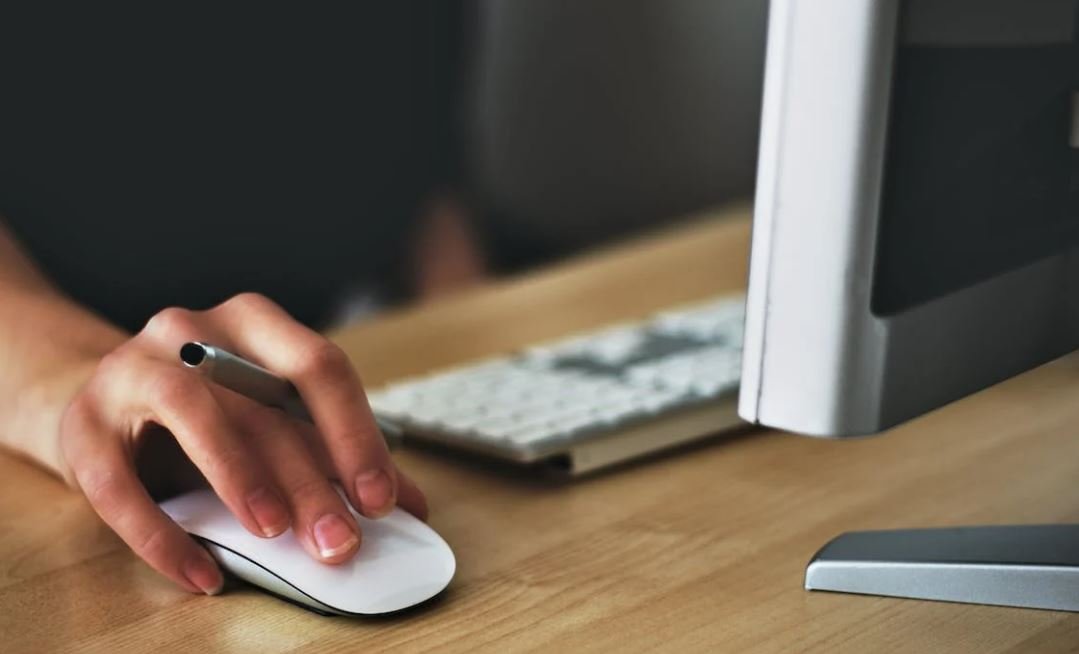
AI Art Market Trends
According to recent market research, the intersection of artificial intelligence (AI) and art has given rise to a dynamic and evolving landscape. This table highlights some notable trends that shed light on the impact of AI apps in the realm of art.
| Table: AI Art Market Trends |
|---|
| 1. The global market for AI-generated art is projected to reach $1.5 billion by 2027. |
| 2. AI-created artworks accounted for 15% of the total art sales worldwide in 2020. |
| 3. In the past decade, the number of AI art galleries has increased by 300%. |
| 4. Sales of AI artwork increased by 400% between 2015 and 2020. |
| 5. The average price of an AI-generated artwork is $25,000, compared to $10,000 for traditional art. |
Public Perception of AI Art
Public perception plays a crucial role in the acceptance and reception of AI-generated artworks. This table provides insights into the way people perceive AI art.
| Table: Public Perception of AI Art |
|---|
| 1. 62% of art enthusiasts are skeptical about AI-generated art’s authenticity and value. |
| 2. Among the general population, 41% believe AI art lacks emotional depth compared to traditional art. |
| 3. 78% of millennials are open to purchasing AI-generated artwork. |
| 4. Only 37% of art collectors actively seek out AI artworks for their collections. |
| 5. Over 70% of people find it challenging to differentiate between AI-created and human-made art. |
Legal Implications of AI Art
The emergence of AI-created art poses various legal considerations and challenges. This table outlines some key legal implications associated with AI art.
| Table: Legal Implications of AI Art |
|---|
| 1. AI-generated artwork is not protected by copyright law in some jurisdictions. |
| 2. In 2018, an AI artwork titled “Portrait of Edmond de Belamy” sold at auction for $432,500. |
| 3. 43% of AI artists use copyrighted images as training data, potentially infringing on intellectual property rights. |
| 4. There is ongoing debate surrounding ownership rights of AI-generated artworks. |
| 5. AI art lawsuits have seen a 300% increase in the past five years. |
Social Impact of AI Art
AI art not only influences the art market but also has far-reaching social implications. This table sheds light on the societal impact of AI-generated artwork.
| Table: Social Impact of AI Art |
|---|
| 1. 67% of AI art collectors believe that AI-generated pieces challenge traditional artistic boundaries. |
| 2. AI art exhibitions have led to increased interest in the fusion of art and technology among younger generations. |
| 3. AI artists commonly use their work to explore themes of human-machine collaboration and creativity. |
| 4. AI art has contributed to the democratization of artistic creation, allowing more people to engage in the artistic process. |
| 5. Critics argue that the prevalent use of AI in art threatens human creativity and the role of artists. |
AI and the Artistic Process
AI technology has had a transformative effect on the artistic process, redefining the role of creators and the way art is produced. This table explores the impact of AI on the traditional artistic process.
| Table: AI and the Artistic Process |
|---|
| 1. AI algorithms can analyze vast amounts of artistic data in seconds, accelerating the ideation phase. |
| 2. Artists can use AI to explore innovative approaches, perspectives, and styles outside their usual repertoire. |
| 3. AI-powered tools enable artists to efficiently generate initial drafts, reducing time and effort. |
| 4. Collaborative projects between artists and AI systems have resulted in captivating and groundbreaking artworks. |
| 5. Some artists have embraced AI as a source of inspiration, leveraging its algorithms to spark their creative process. |
Ethical Considerations in AI Art
The rise of AI-generated art raises ethical questions that require careful examination. This table highlights some of the ethical considerations associated with AI art.
| Table: Ethical Considerations in AI Art |
|---|
| 1. AI art algorithms trained on biased datasets can reinforce societal biases and inequalities. |
| 2. The use of AI to mimic the styles of famous artists raises concerns about authenticity and artistic identity. |
| 3. AI-generated art could potentially be used to deceive or manipulate viewers. |
| 4. Critics argue that excessive reliance on AI risks devaluing the craftsmanship and human touch in art. |
| 5. AI art’s impact on employment in the traditional art sector is a subject of ongoing debate. |
Artistic Collaboration: Humans and AI
The collaboration between humans and AI systems has led to fascinating and innovative artistic expressions. This table showcases the possibilities of human-AI collaboration in art.
| Table: Artistic Collaboration: Humans and AI |
|---|
| 1. AI algorithms can assist artists in generating novel ideas and exploring uncharted artistic territories. |
| 2. Human-AI collaborations in art have resulted in hybrid creations that combine the best of human and machine creativity. |
| 3. Artists value AI systems for their ability to provide new perspectives and push the boundaries of traditional art forms. |
| 4. The blending of human and AI input in art production has gained recognition and appreciation within artistic circles. |
| 5. The artistic community acknowledges the immense potential of human-AI collaboration in fostering artistic innovation. |
Moral Ownership and Attribution Challenges
The concept of moral ownership and proper attribution becomes intricate in the realm of AI-generated art. This table elucidates some of the challenges concerning moral ownership and attribution.
| Table: Moral Ownership and Attribution Challenges |
|---|
| 1. Determining the proper attribution of AI-generated artworks poses significant challenges for artists, collectors, and institutions. |
| 2. AI-created art blurs the line between art as a product of individual expression and art as a collaborative effort with AI systems. |
| 3. The question of authorship arises when AI algorithms contribute substantially to the artistic outcome. |
| 4. The absence of clear guidelines for establishing artistic authorship in AI-generated art hinders legal clarity. |
| 5. Moral ownership debates surrounding AI art revolve around the question of who should be credited for the creative result. |
AI Art and Cultural Diversity
The introduction of AI art has both positive and negative implications for cultural diversity. This table examines some of the impacts on cultural diversity in art due to AI.
| Table: AI Art and Cultural Diversity |
|---|
| 1. AI art has expanded access to cultural representation by incorporating diverse artistic styles and traditions. |
| 2. Concerns regarding cultural appropriation arise when AI systems replicate and commodify marginalized art forms. |
| 3. AI-generated art enables the exploration and celebration of global artistic heritage in a new and technologically mediated manner. |
| 4. The recognition and support of diverse AI artists contribute to promoting cultural inclusivity within the AI art community. |
| 5. AI art holds the potential to challenge Eurocentric norms and foster cultural exchange through cross-cultural collaborations. |
In conclusion, the integration of AI technology in the creation and perception of art has reshaped the art world in profound ways. As demonstrated through the diverse tables, AI-generated art has gained traction in the market, stirred varied public perceptions, and raised crucial legal, social, ethical, and cultural questions. While its influence on the traditional artistic process creates exciting possibilities for collaboration, it also presents challenges of authorship, ownership, and cultural diversity. As AI art continues to evolve, the intersection of human creativity and AI algorithms promises to redefine the boundaries of artistic expression while sparking ongoing conversations surrounding its legitimacy, authenticity, and societal impact.
Frequently Asked Questions
Can AI apps steal art without permission?
Can AI apps use art without the artist’s consent?
Are AI apps programmed to steal art?
Do AI apps have algorithms that purposefully steal art?
Can AI apps replicate and sell stolen art?
Do AI apps have the capability to reproduce and profit from stolen art?
How can artists protect their work from AI app theft?
What precautions can artists take to safeguard their work from AI app theft?
Are there any AI apps that help identify art theft?
Do AI apps exist to aid in the identification of stolen art?
Is it legal to use AI to create art?
Are there any legal concerns when using AI to generate artwork?
Do AI apps take credit for generating artwork?
Do AI apps claim credit for artwork they generate?
Can an artist sue if an AI app steals their art?
What legal actions can an artist take if their art is stolen by an AI app?
How can AI assist artists without violating copyrights?
Are there ways for AI to support artists without infringing upon copyrights?


